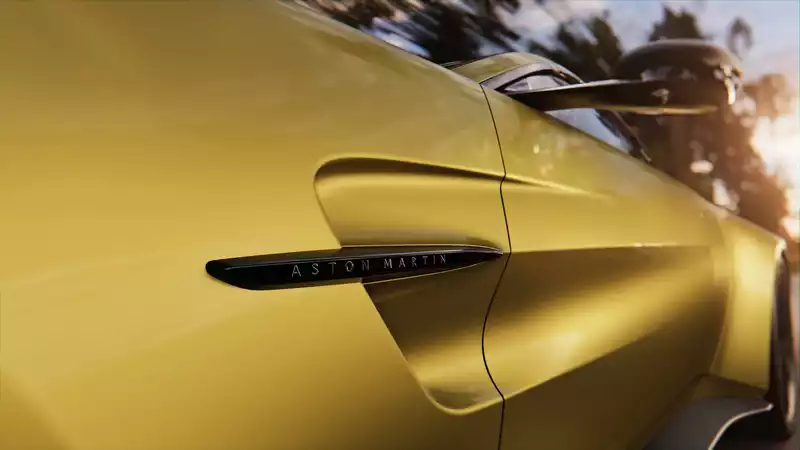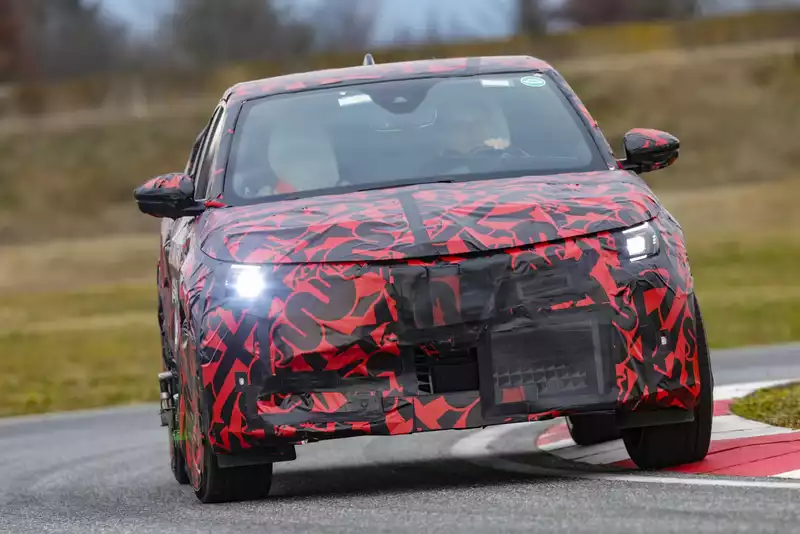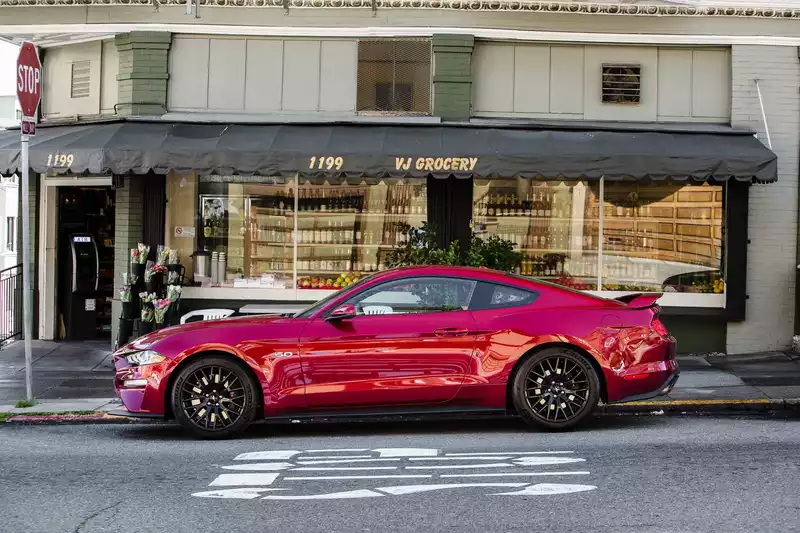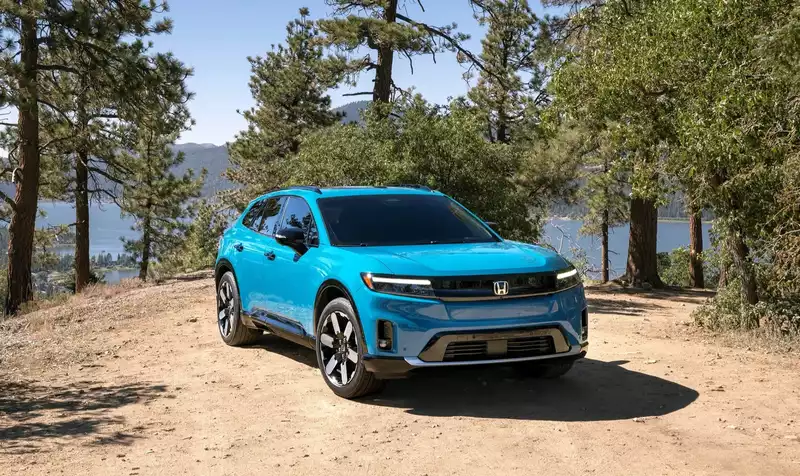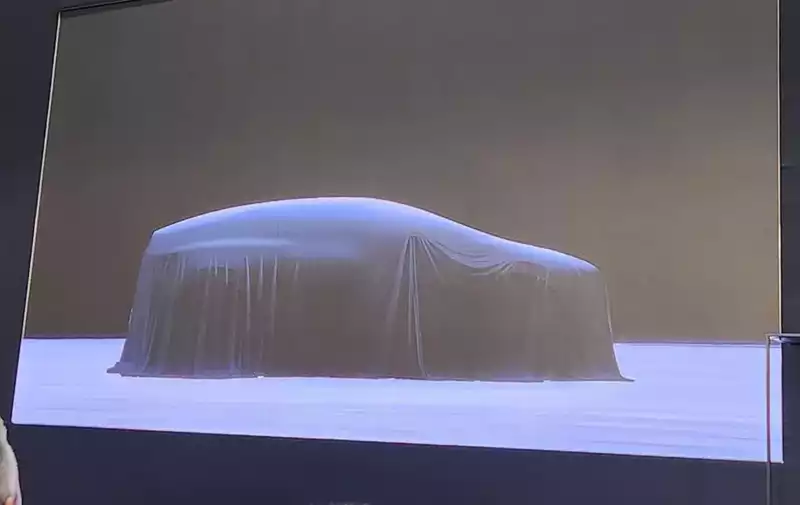Mercedes-Benz compares the production EQS to the Vision EQS Concept.
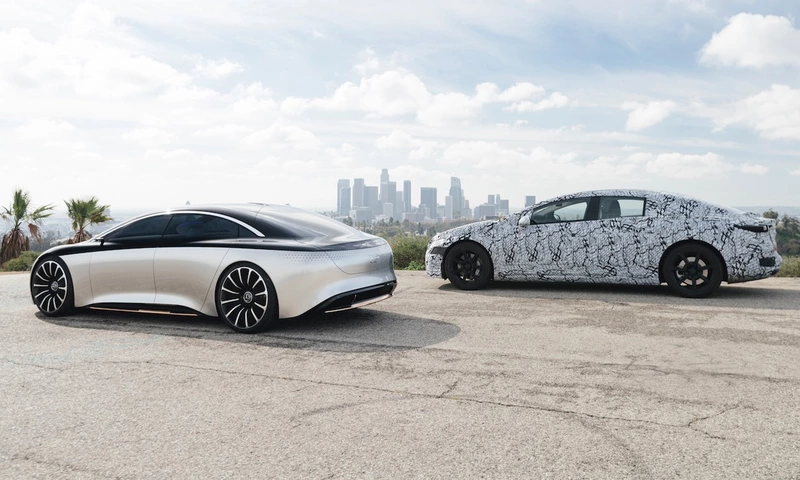
How many times have we seen the striking design of a cool concept car watered down for a production model, reducing the similarity between the two to almost zero?
Mercedes-Benz seems confident that the upcoming EQS electric sedan, heralded by last year's Vision EQS concept car, will not be so.
Although the silhouettes of the two vehicles appear similar, the production EQS is not as tall as the concept car and has smaller wheels. The production EQS also has a slightly boxier rear end, which may have been designed to provide more storage space or simply for a more crisp look. Some people may find the rear of the concept too featureless. Also, the production EQS has conventional side mirrors and actual B-pillars, both of which are absent from the concept.
The EQS will debut later this year as a 2021 model; the EQS is Mercedes' first dedicated EV platform, known internally as MEA2 (MEA1 will be used in the 2020 EQC electric SUV and is Mercedes' MHA for SUVs like GLC and GLE ) The advantage of an EV-specific platform is that it has lower powertrain packaging requirements than conventional internal combustion vehicle designs; in the case of the EQS, it will create a vehicle that looks like a mid-sizer on the outside but is full-size on the inside.
It is not clear what the specifications of the EQS will be, but the concept would point the way. Electric motors will be mounted on the front and rear axles to form an all-wheel drive system. Maximum output is 469 hp and maximum torque is 560 hp, and acceleration from 0-60 mph is under 4.5 seconds. Top speed is limited to 125 mph.
The lithium-ion battery has a capacity of about 100 kilowatt-hours, which Mercedes says will allow for a range approaching 435 miles on the WLTP cycle; EPA-standard ranges will be lower, but should still exceed 300 miles. At a maximum charge rate of 350 kilowatts, drivers will be able to complete 80 percent of the charge in less than 20 minutes.

